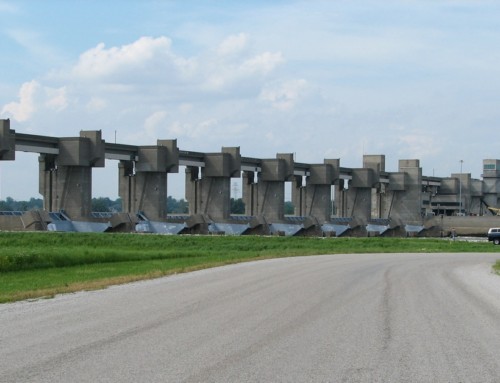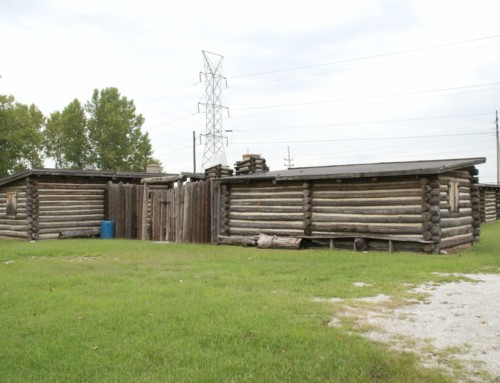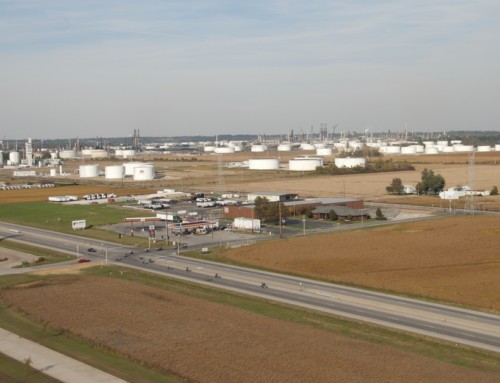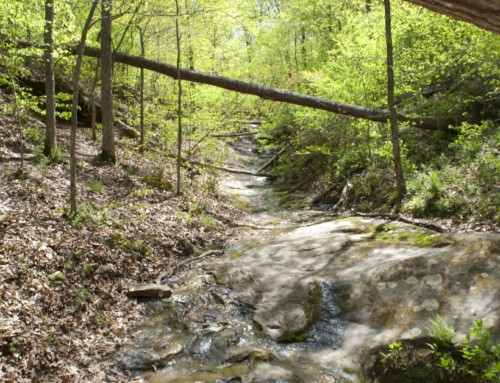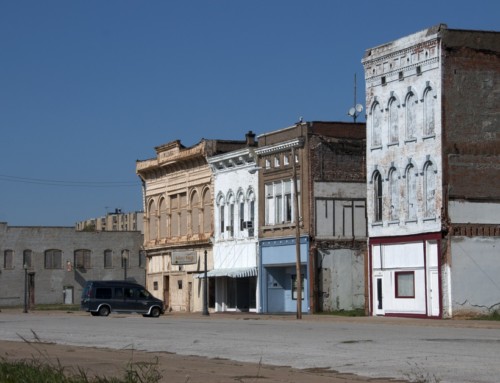The village of Seehorn had a road connection to Shepherd in the early years; the road was nicknamed Corduroy Road because of the number of poles laid across mud holes that made the trip a little more likely to be completed. Seehorn was later a stop along the 1920s-era Pikes Peak Ocean to Ocean Highway (PP-OO), one of the earliest cross-country paved roads; the PP-OO incorporated portions of the older Cannon Ball Trail that connected Kansas City and Chicago in the 1910s.
Before those roads came through, though, Seehorn was an out-of-the-way place where the hundred or so residents played craps in boxcars and entertained themselves with pick-up baseball games and shooting matches. When those didn’t suit their interests, they could hang out at the old depot, which not only served train passengers, but also served as the general store, post office, and billiards hall. On Sundays, folks gathered at the Methodist Church. There was a quarry nearby that provided some of the stone for the Eads Bridge in St. Louis; a generation later, the county built a bridge over Sny Creek using steel salvaged from the Ferris wheel built for the 1904 St. Louis World’s Fair. Seehorn got a rail connection in 1871 and would later have regular service to Quincy, as many as three trains a day.
None of that lasted, though. The store moved away and the church closed as people moved on to other places. About the only tangible sign of the community called Seehorn is the one on the highway that points toward a cluster of four houses where the village used to be.
Heading upriver? Check out Levee Township.
Heading downriver? Check out Hull.
© Dean Klinkenberg, 2016
